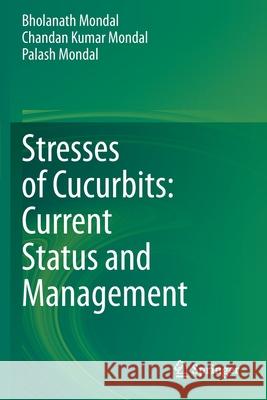Stresses of Cucurbits: Current Status and Management » książka
topmenu
Stresses of Cucurbits: Current Status and Management
ISBN-13: 9789811578939 / Angielski / Miękka / 2021 / 316 str.
Stresses of Cucurbits: Current Status and Management
ISBN-13: 9789811578939 / Angielski / Miękka / 2021 / 316 str.
cena 603,81
(netto: 575,06 VAT: 5%)
Najniższa cena z 30 dni: 578,30
(netto: 575,06 VAT: 5%)
Najniższa cena z 30 dni: 578,30
Termin realizacji zamówienia:
ok. 22 dni roboczych.
ok. 22 dni roboczych.
Darmowa dostawa!
Kategorie:
Wydawca:
Springer
Język:
Angielski
ISBN-13:
9789811578939
Rok wydania:
2021
Ilość stron:
316
Waga:
0.44 kg
Wymiary:
23.39 x 15.6 x 1.68
Oprawa:
Miękka
Wolumenów:
01
Dodatkowe informacje:
Wydanie ilustrowane











